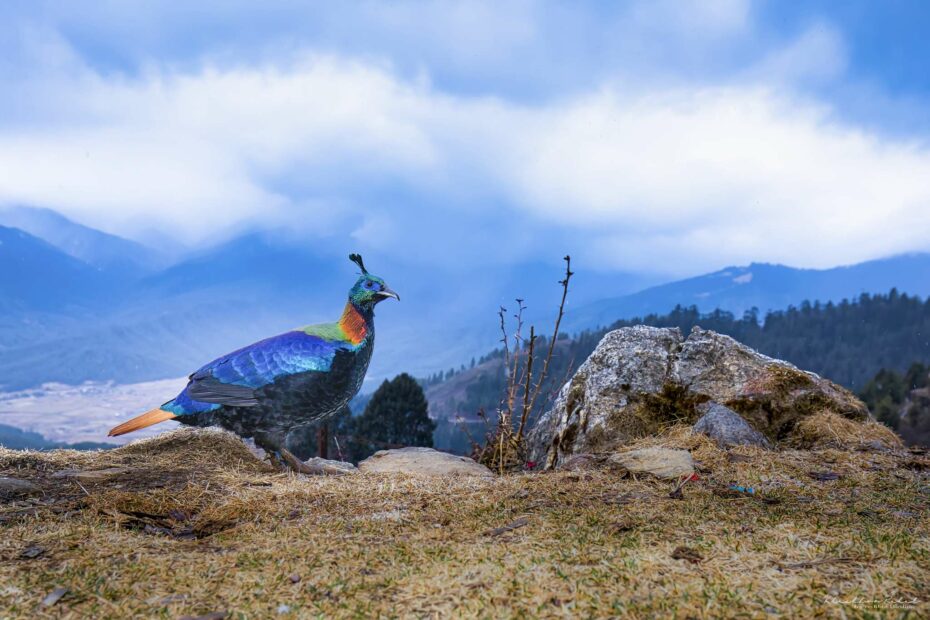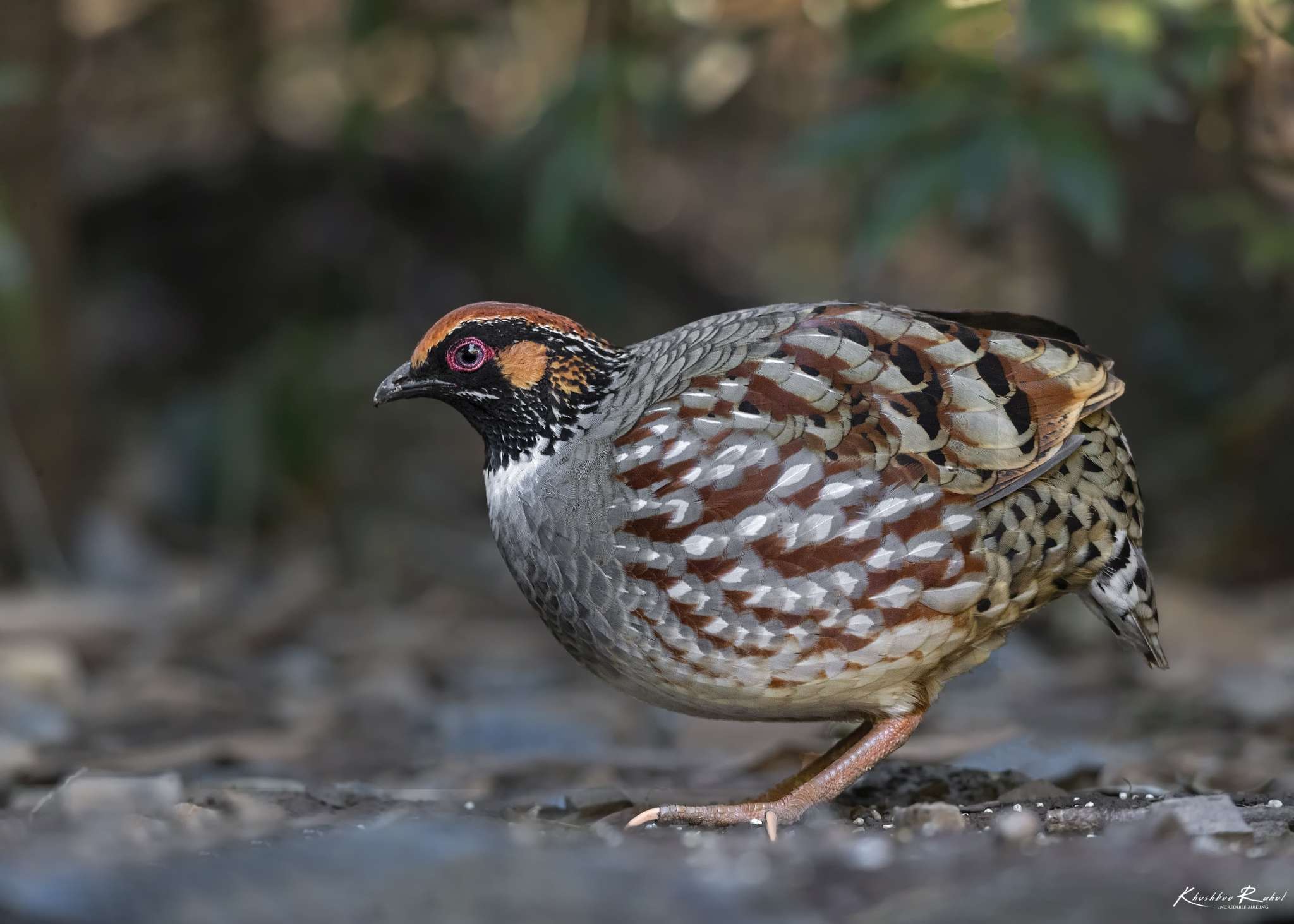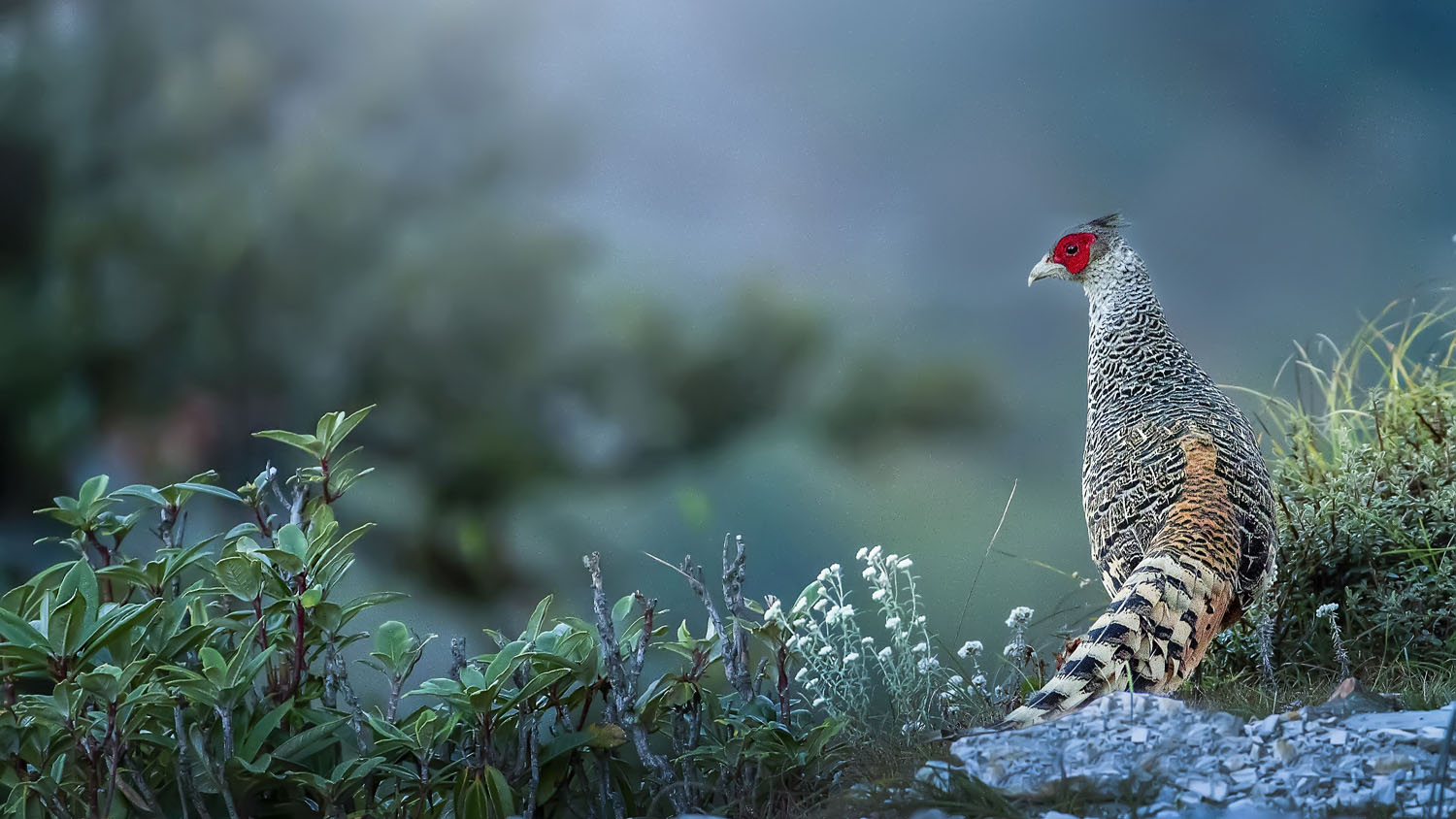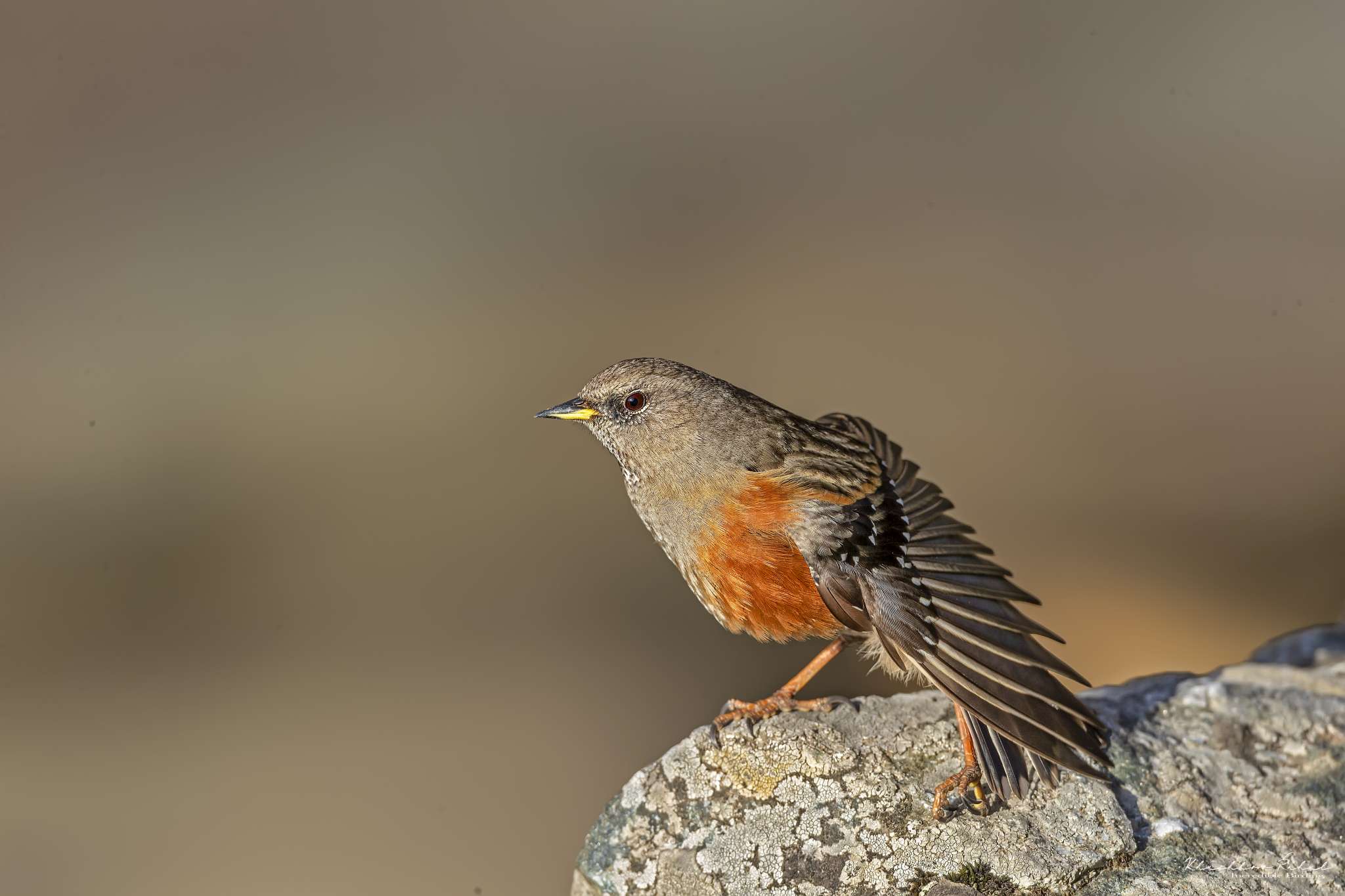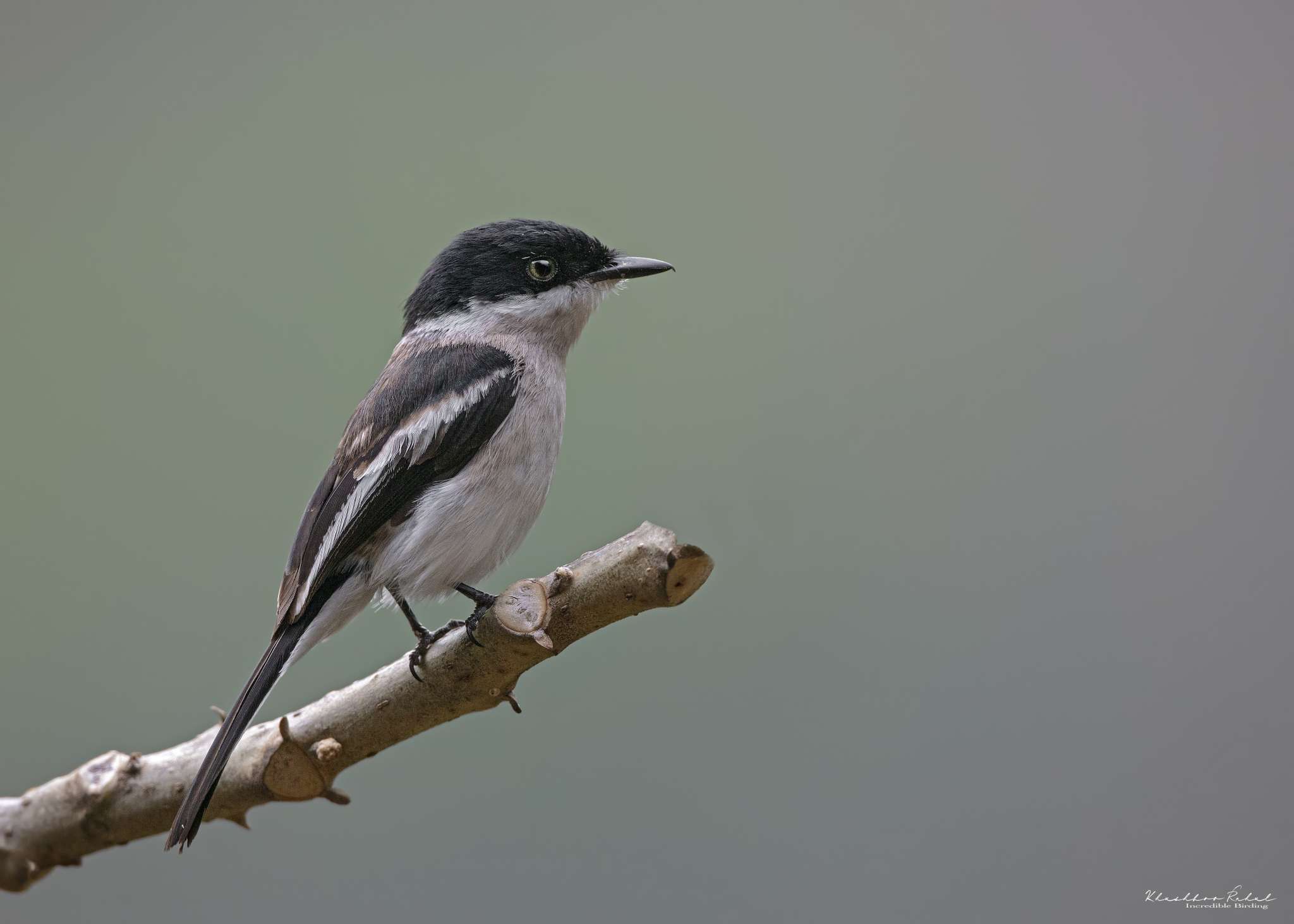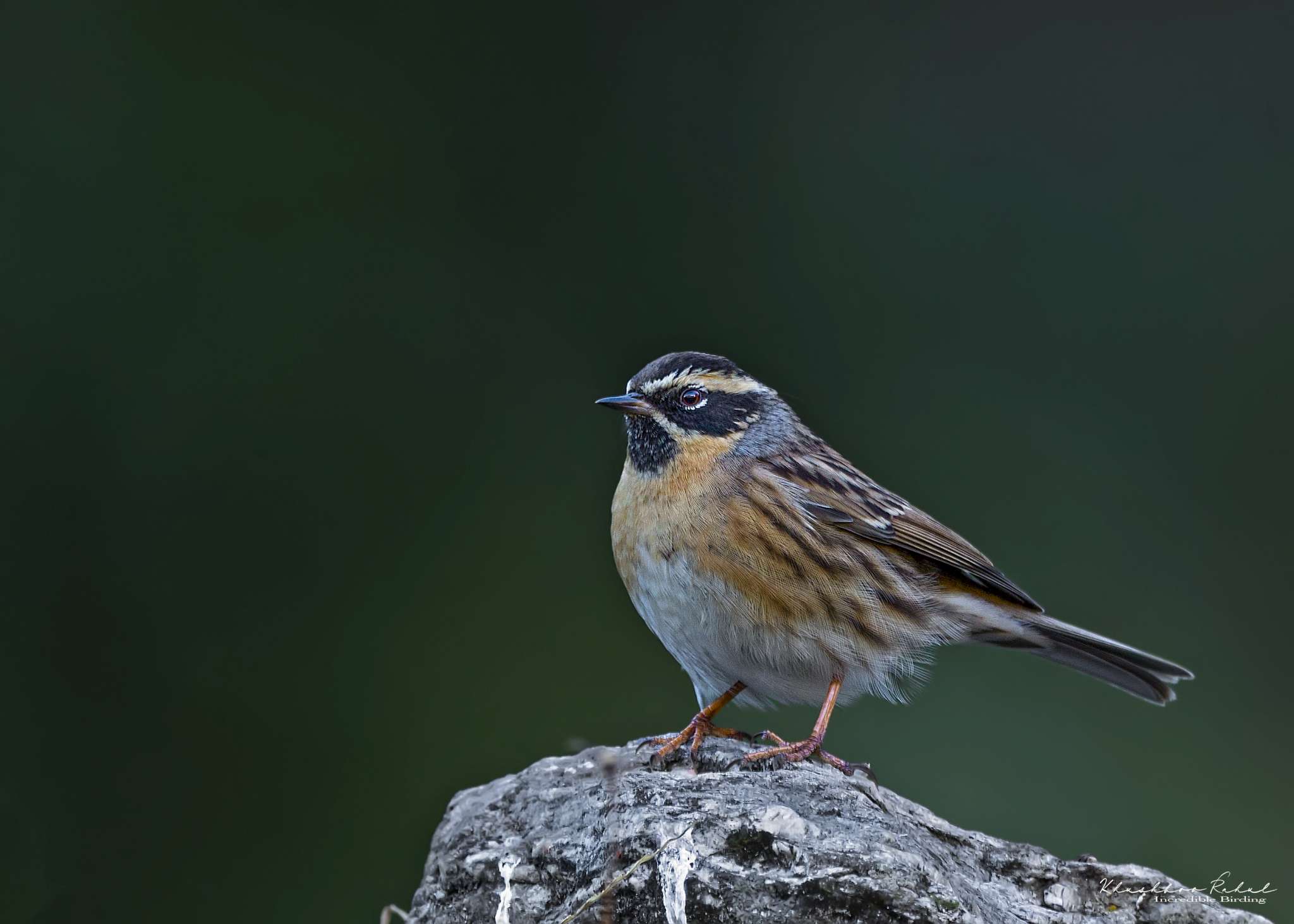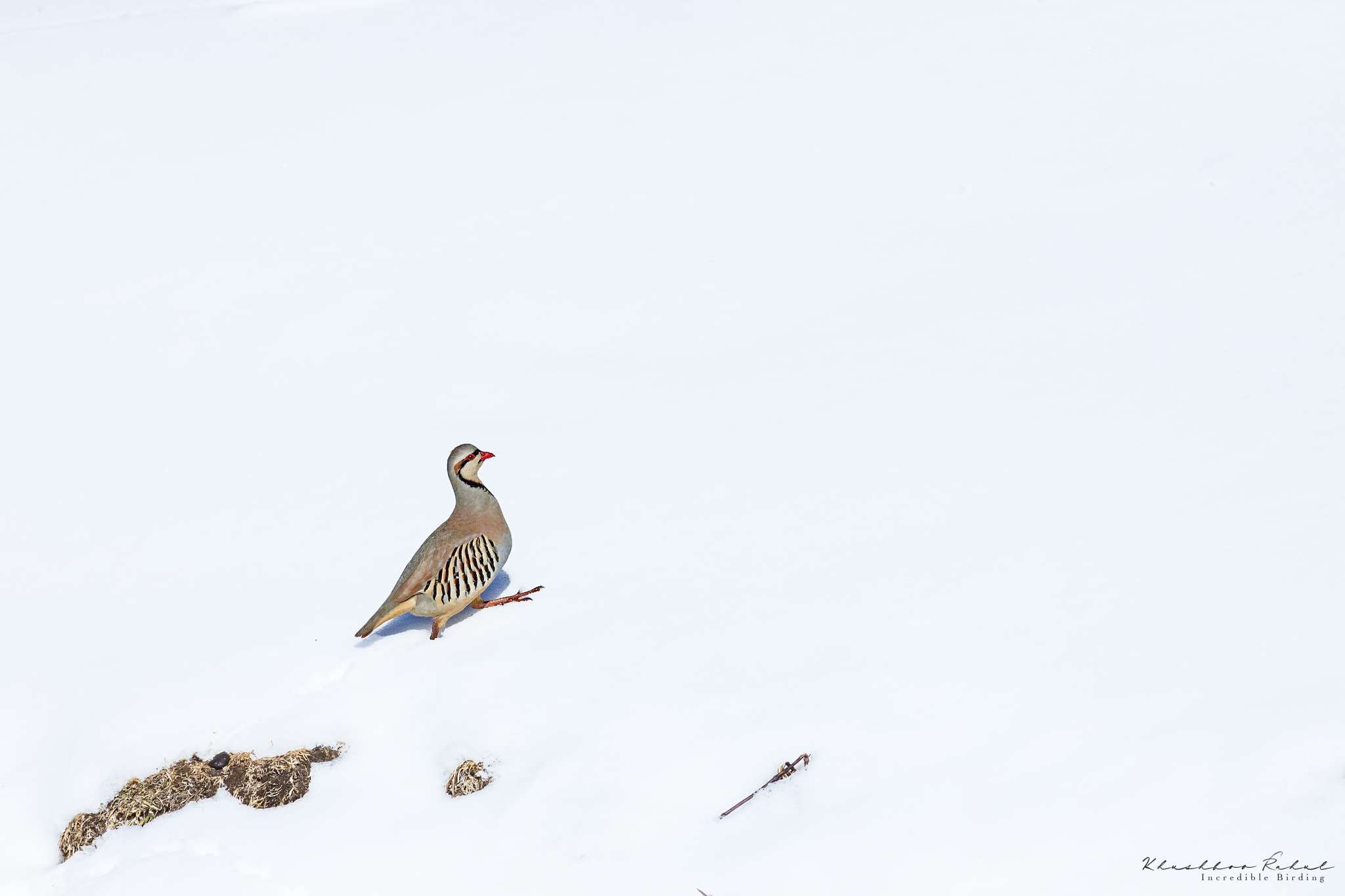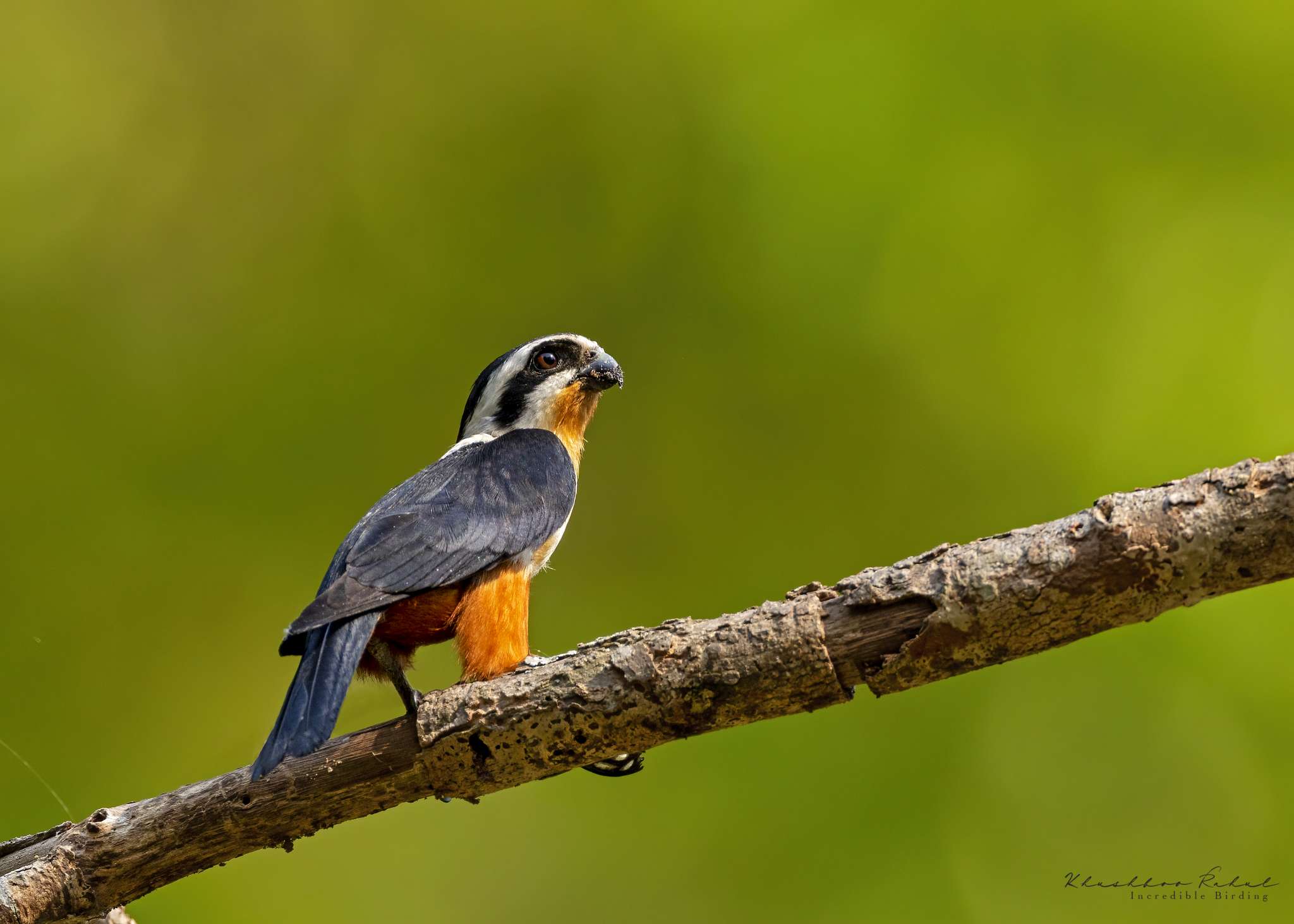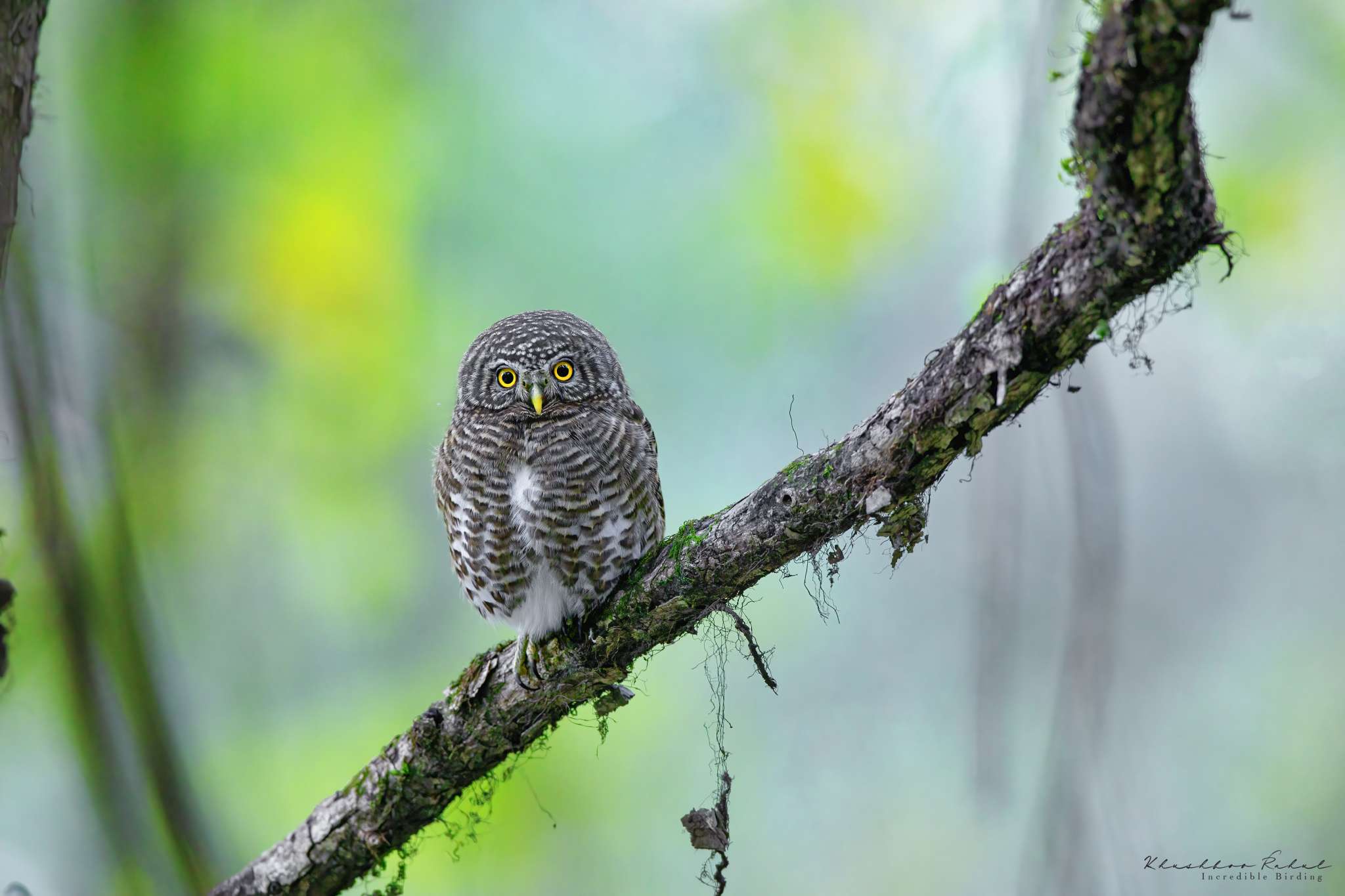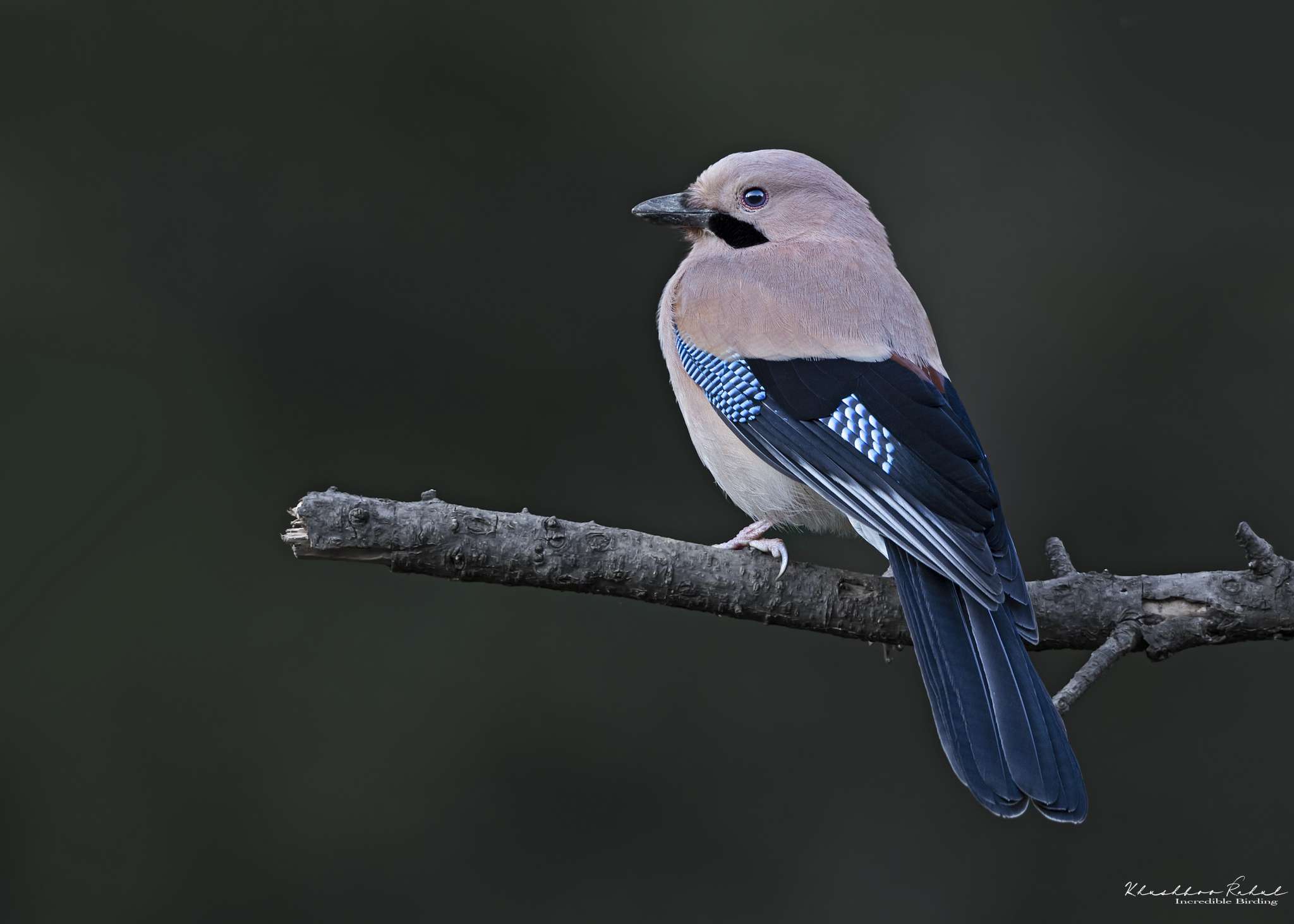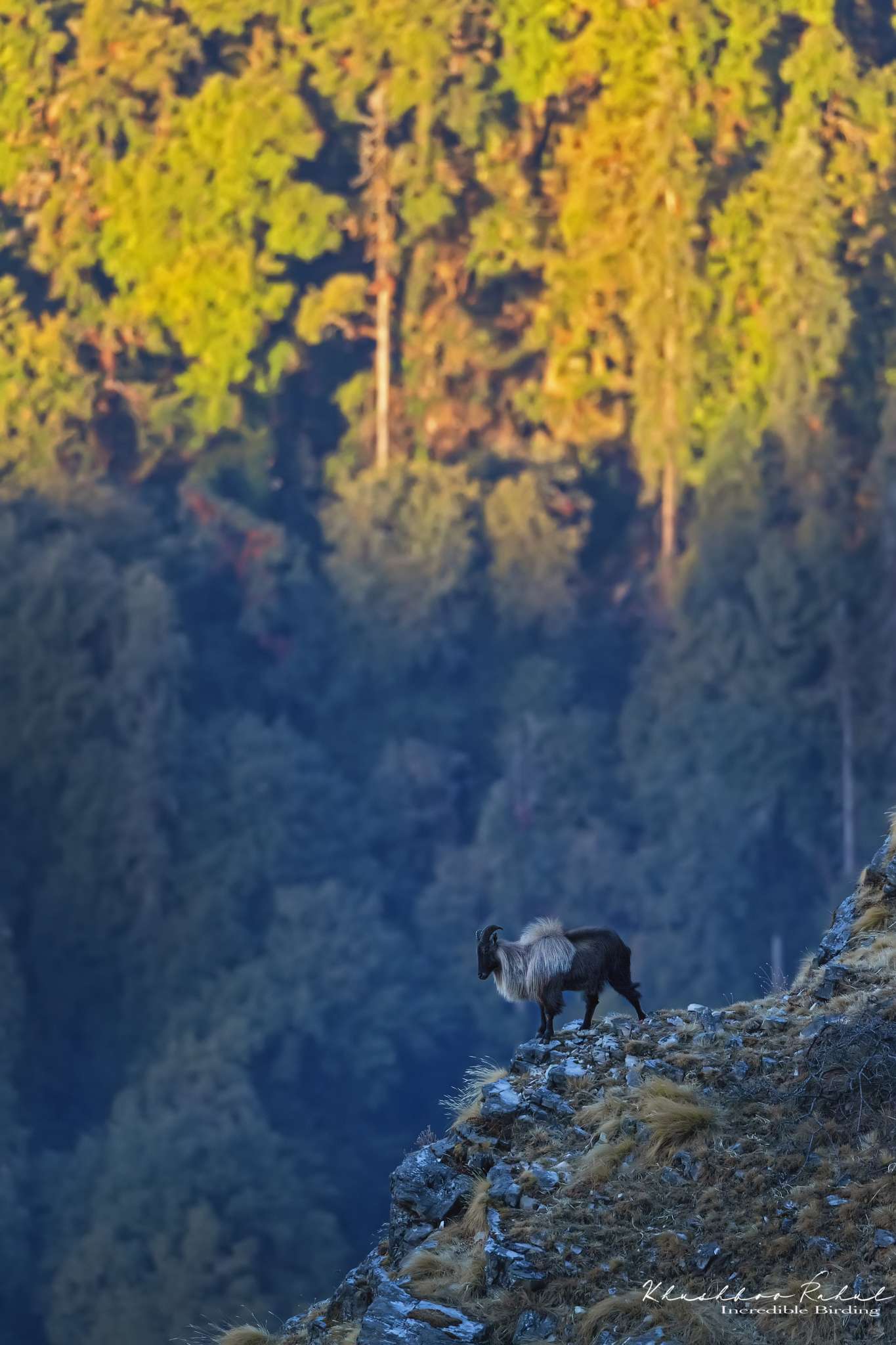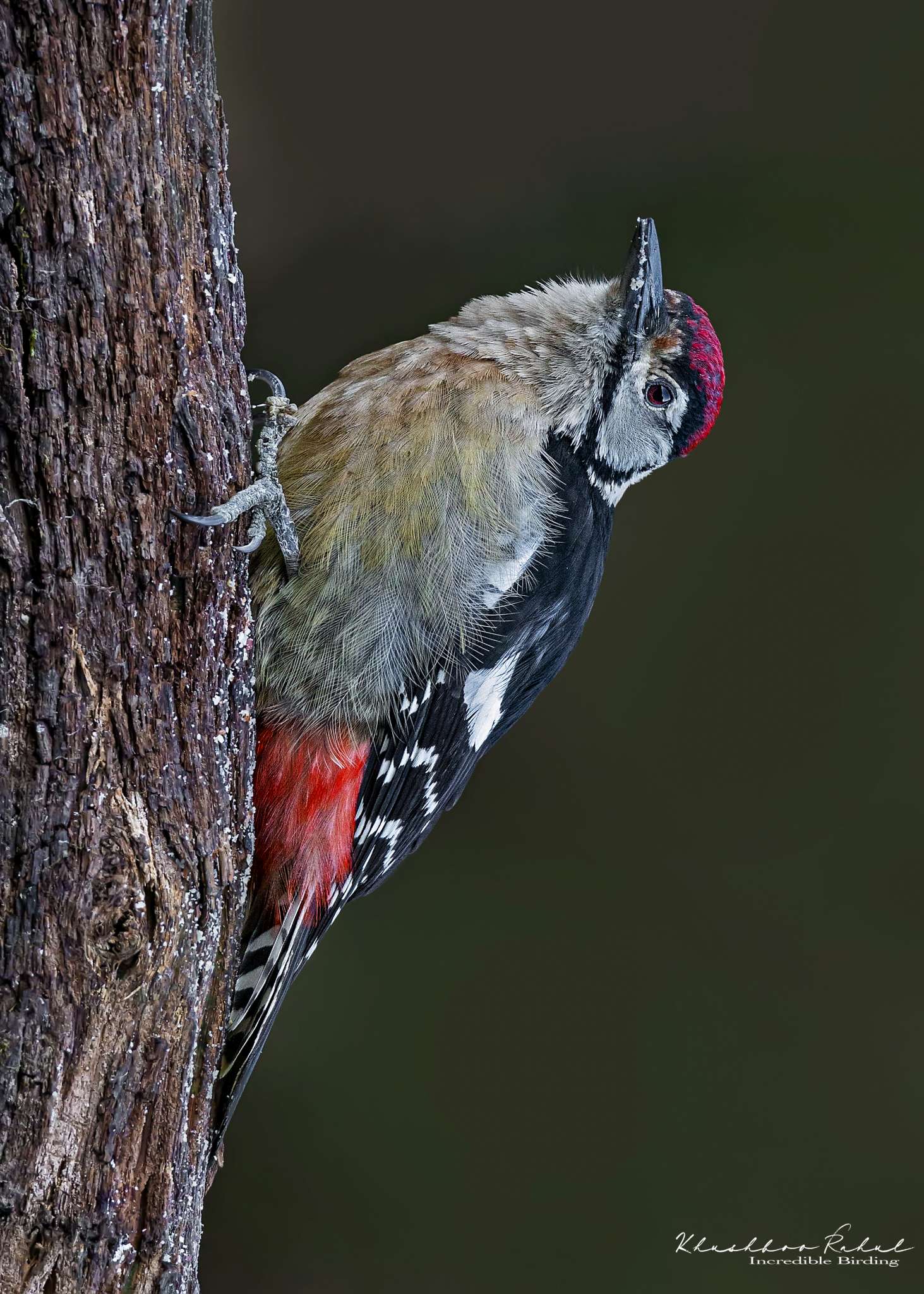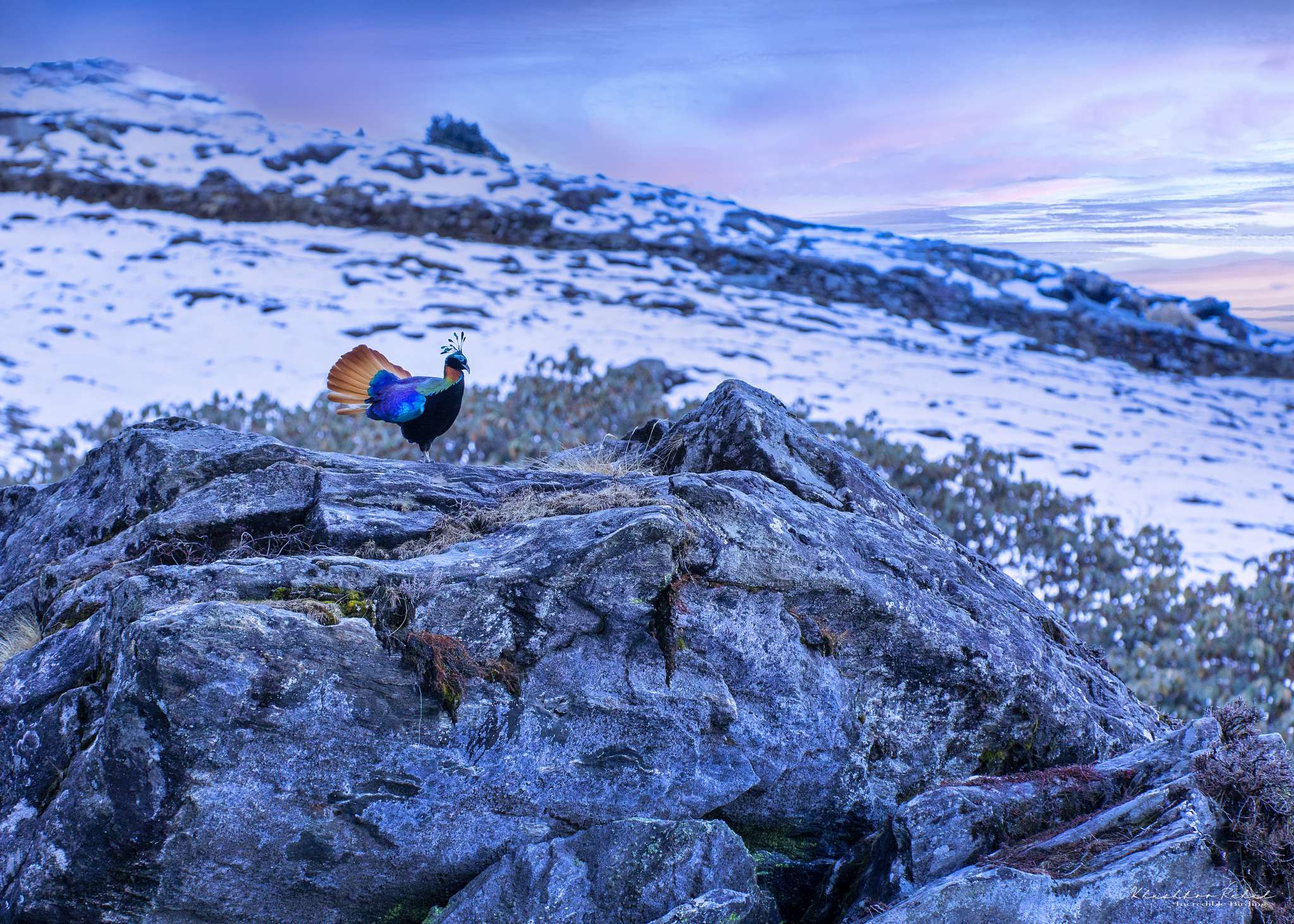
Introduction
The Chopta Hill station is at a height of 2700 mts, in the Rudraprayag District of Uttarakhand State, surrounded by dense forests and offers a heavenly view of Snow Clad Himalayan Ranges and lush green meadows. Chopta is also referred to as “Mini Switzerland”.
Chopta is a beautiful trekking destination that not only attracts people from India but also many foreign trekkers. The Chopta region has many treks and trails cutting through jungles and grasslands. Due to the abundance of the birds there, Chopta has become a popular destination for the tourists for bird watching. Deoria Tal is a very famous lake that is surrounded entirely by forests on all sides. The trek to the Deoria Tal is truly worth it.Chopta in the Kedarnath Wildlife Sanctuary provides some excellent winter and spring birding, and fantastic landscapes. A mix of pine and deodar forest with rhododendrons, amidst lush ‘bugyals’ or grassy meadows, it is probably the best and most easily accessible place in India to see the stunning ‘nine-colored’ state bird of Uttarakhand, the Himalayan Monal. That alone would be worth the long drive, but the area has much more to offer.
Birds one can sight in this area are- Snow Partridge, Himalayan Monal, Koklass Pheasant, Kalij Pheasant, Golden Eagle, Bearded Vulture (Lammergeier), Upland Buzzard, Himalayan Owl, Spot-winged Rosefinch, Rufous-bellied Woodpecker, European Goldfinch, Ashy Wood-Pigeon, Fire-capped Tit, Spotted Laughingthrush, Variegated Laughingthrush, Nepal Wren-Babbler, Pied Thrush, Long-billed Thrush, Scarlet Finch, Spot-winged Grosbeak, Golden Bush-Robin, White-browed Bush-Robin, Fire-fronted Serin, Spot-winged Starling, Himalayan Beautiful Rosefinch and Yellow-rumped Honeyguide.
Complete checklist
- Snow Partridge
- Himalayan Monal
- Red Junglefowl
- Kalij Pheasant
- Indian Peadowl or Blue Peafowl
- Northern Pintail
- Brown -fronted Woodpecker
- Rufous -bellied woodpecker
- Himalayan Woodpecker
- Scaly -bellied Woodpecker
- Grey -headed Woodpecker
- Black-rumped Flameback
- Great Barbet
- Brown-headed Barbet
- Blue-throated Barbet
- Coppersmith Barbet
- Indian Grey Hornbill
- Oriental pied Hornbill
- Great Hornbill
- Indian Roller
- white-throated kingfisher
- Crested Kingfisher
- Green Bee-eater
- Chestnut headed Bee-eater
- Alexandrine Parakeet
- Rose-ringed Parakeet
- Slaty-headed Parakeet
- Plum-headed Parakeet
- White-throated Needletail
- Alpine Swift
- Collared Owlet
- Jungle Owlet
- Spotted Owlet
- Rock Pigeon
- Snow Pigeon
- Oriental Turtle Dove
- Spotted Dove
- Eurasian Collared Dove
- Little Ringed Plover
- Black-winged Stil
- Common Sandpiter
- Green Sandpiter
- Red-wattled Lapwing
- Black-shouldered Kite
- Black Kite
- Crested Serpent Eagle
- Shikra
- Crested Honey Buzzard
- White-eyed Buzzard
- Steppe eagle
- Crested Hawk-Eagle
- Common Kestrel
- Peregrine Falcon
- Bearded Vulture
- Egyptian Vulture
- Himalayan Griffon
- Cinereous Vulture
- Red-headed Vulture
- Great Cormorant
- Cattle Egret
- Indian Pond Herons
- Black Strok
- Long-tailed Shrike
- Eurasian Jay
- Black-headed jay
- Yellow-billed Blue Magpie
- Red-billed Blue Magpie
- Rufous Treepie
- Greyn Treepie
- Spotted Nutcracker
- Red-Billed Chough
- House Crow
- Jungle Crow
- Eurasian Golden Oriole
- Maroon Oriole
- Long-tailed Minivet
- Yellow
- -billed fantail
- White -throated Fantail
- Ashy Drongo
- Spangled Drongo
- Brown Dipper
- Asian Paradise Flycatcher
- Rufous-gorgeted Flycatcher
- Verditer Flycatcher
- Ultramarine Flycatcher
- Small Niltava
- Taiga Flycatcher
- Asian Brown Flycatcher
- Chestnut-bellied Rock Thrush
- Blue Whistling Thrush
- White-collared Blackbird
- Grey-winged Blackbird
- Mistle Thrush
- Black-throated Thrush
- Oriental Magpie-Robin
- Indian Robin
- Black Redstart
- Blue-Fronted Redstart
- White-capped Water Redstart
- Plumbeous Water Redstart
- Little Forktail
- Spotted Forktail
- Red-flanked Bluetail
- Common Stonechat
- Grey Bush Chat
- Brown Rock Chat
- Pied Bush Chat
- Spot-winged Starling
- Asian Pied Starling
- Common Myan
- Chestnut-bellied Nuthatch
- Bar-tailed Tree-creeper
- White-tailed Nuthatch
- Fire-Capped Tit
- Fufous-naped Tit
- Spot-winged Tit
- Grey Crested Tit
- Great Tit
- Green-backed Tit
- Indian Black-lored Tit
- Black-throated Tit
- Plain Martin
- Red-rumped Swallow
- Red-vented Bulbul
- Himalayan Bulbul
- Black Bulbul
- Striated Prinia
- White-throated Laughingthrush
- White-crested Laughingthrush
- Striated Laughingthrush
- Streaked Laughingthrush
- Variegated Laughingthrush
- Chestnut-crowned Laughingthrush
- Black-chinned Babbler
- Jungle Babbler
- White-browed Shrike Babbler
- Chestnut-tailed Minal
- Rufous Sibia
- Stripe-throated Yuhina
- Whiskered Yuhina
- Purple sunbirds
- Green-tailed sunbird
- Crimson sunbird
- House Sparrow
- Russet Sparrow
- White-browed Wagtail
- Yellow Wagtail
- Rosy Pipit
- Common Rosefinch
- Pink-browed Rosefinch
- Crested Bunting
- Rock Bunting
- Alpine Accentor
- Rufous-breasted Accentor
- Oriental White-Eye
- Common Tailorsbird
- Lemon-rumped Warbler
- Ashy-throated Warbler
- Grey-hooded Warbler
- Hume’s Warbler
- Golden-spectacled Warbler
Day 1
Day 2
Early Morning Departure From Sattal to chopta, Pickup From Preset location, Reach Chopta By Late Evening [Approx 10 Hrs Journey] Breakfast And Lunch On The Way, Dinner At Chopta.
Day 3
Early Morning WakeUp Call With Tea and biscuits, Morning Session At Monal Point, Evening Session at Koklass and Red Fox Point, Lunch Breakfast And Dinner will be at Chopta
Day 4
Early Morning WakeUp Call With Tea and biscuits, Full Day Session At Makku Bend And Makku Farms And Village. Packed Breakfast, Lunch At Makku Bend, Dinner At Chopta.
Day 5
Early Morning WakeUp Call With Tea and biscuits, Full Day Birding on Chopta-Tungnath Trek, Packed Breakfast, Lunch. Dinner At Chopta.
Day 6
Early Morning WakeUp Call With Tea and biscuits, Early Morning Departure From Chopta to Sattal, Reach Sattal By Late Evening [Approx 12-14 Hrs Journey]
Per Person Cost For Package
INR 44,999/-
6 Days / 5 Nights
|
Expected Tour Dates
|
Availability Of Seats
|
|---|---|
|
TO BE ANNOUNCED
|
-
|
-
No Of Participants
2 Photographers (minimum)
-
Tour Leader / birding leader / Logistics
Incredible Birding Scout
-
Car Type
ERTIGA
Cost Includes
- All Best Transport Mentioned In itinerary
- All Best Vegetarian 3 Meals, Tea Coffee
- All Best Stay On Double Sharing
- Full Time Incredible Birding Tour Leader
- Exclusive Birding Services
- Multiple Hide Charges
Cost Exclusions
- Tips and Personal Expenses such as bar tips / gratuities to Guides
- Additional Mineral Water, Soft Drinks, Laundry Charges, Phone Calls, Tips etc
- Any kind of insurance, Medical or/and Emergency Charges
- Any extra meals not included in the above itinerary
- Excursions not in the above itinerary
- This trip will be exclusive and will be guided by Team Incredible Birding
- Addition of group members from your side will be subjected to rework on the costing given and total cost to trip can be increased/decreased
- Any change of birding schedule in the confirmed plan will be subjected to approval for feasibility and increase of cost
- All the additional cost than inclusions have to be paid self like porters, mule, shopping, tips, any medical problems etc
- Stay at chopta are basic though cleaned with attached English washrooms and with only veg meals options and there is only solar provided electricity (solar light will be provided in evening to night and morning), hot water can be provided in buckets and camera charging can be done by solar panels or car inverters both
- Best cars and professional drivers will be provided to make your journey comfortable.
Please Note:
Pre-customisation of the tours are available, Contact team Incredible Birding.

